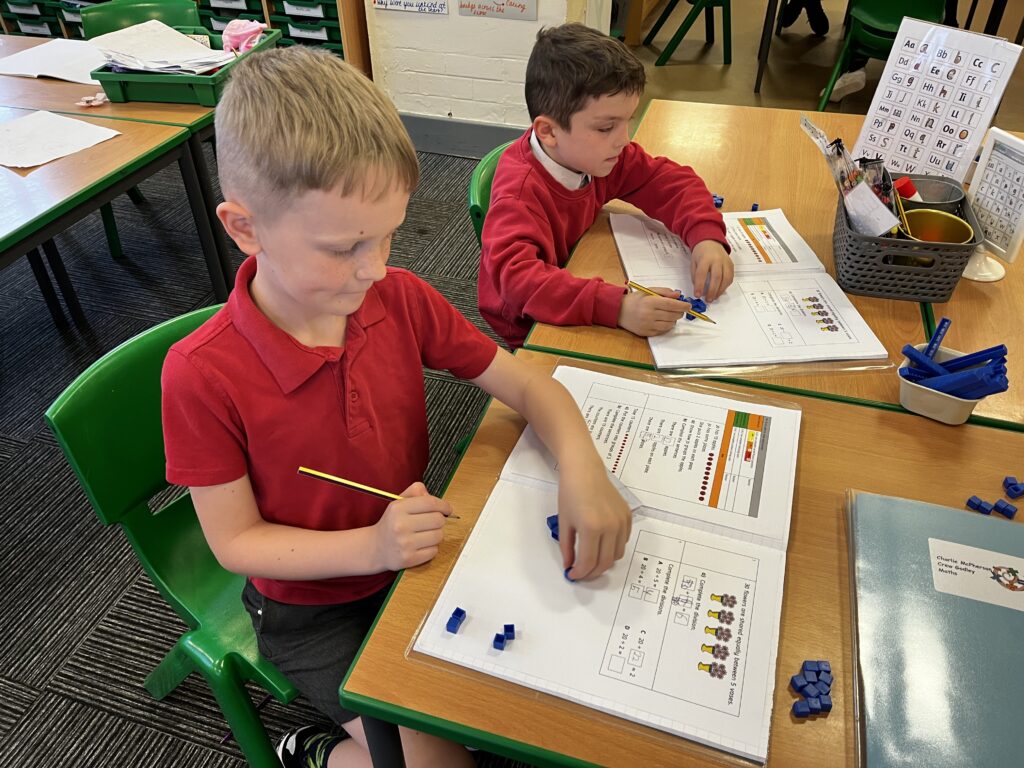Today we continued our maths work on bar charts where we interpreted them then had a go at drawing our own.

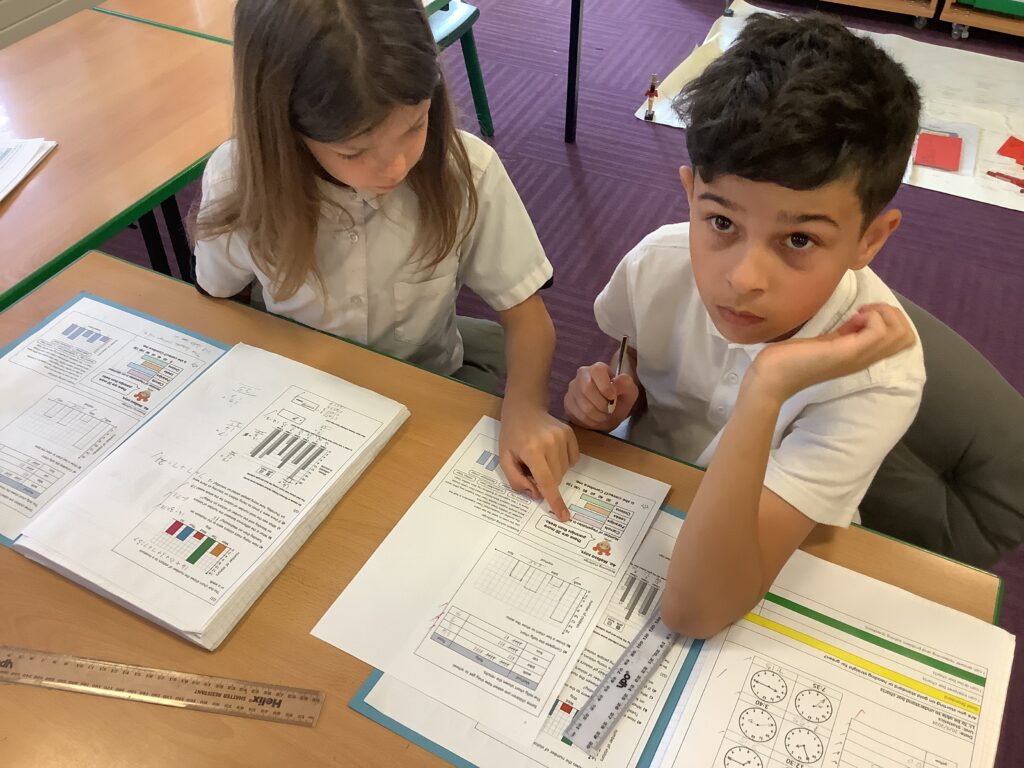

Today we continued our maths work on bar charts where we interpreted them then had a go at drawing our own.



Today we consolidated our learning on digital time and pictograms in our do now activity then Interpreted bar charts in our main maths lesson 🙂




Today, Crew Hamill kickstarted their new maths unit – statistics – by interpreting pictograms. We first identified what a pictogram was and discussed how these are used to illustrate data. We worked as a crew to discuss a pictogram that detailed the number of animals a vet had seen during a week. We identified that a key shows what each of the pictures are worth within the table and then used this to answer a number of questions about it. Following this, we worked in mini crews to answer a range of questions about different pictograms, interpreting the data in front of us.

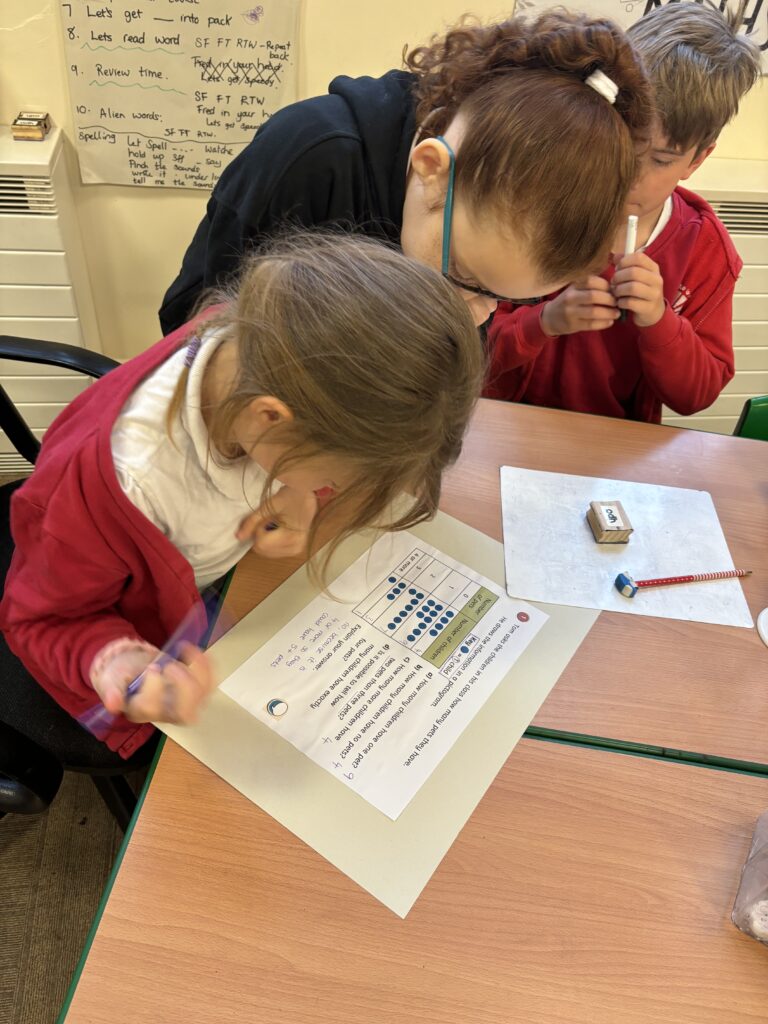

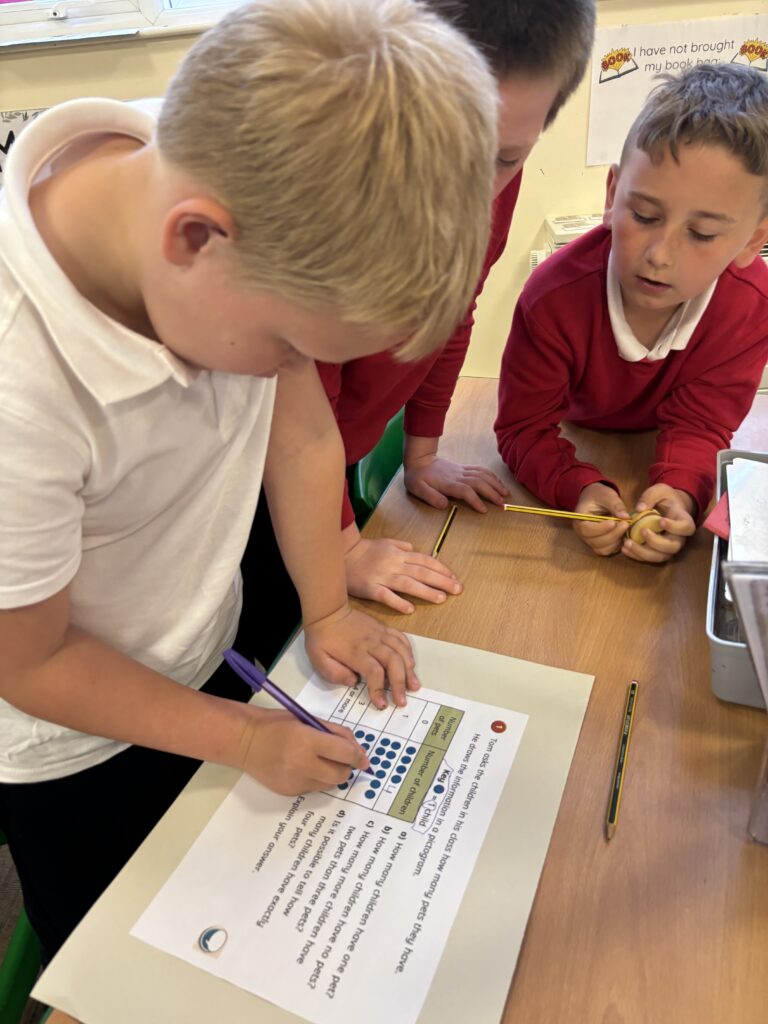


Crew Hamill finished their money unit in maths by spending the lesson working out how much change people should receive. They had three activities to complete on a round robin. The first group involved continuing in our fruit and veg shop with Miss Kelly. They identified the items they wanted to buy, worked out how much they were going to cost them and then worked out the change they should get when purchasing with £5 or £10. The second group involved working their way around the room to identify challenge questions (1, 2 or 3 stars for difficulty) and solving them. These all involved either one step or multi step questions that required them to identify change. The final group involved working in a cafe. The children had to choose one drink, one food item and one dessert. They then had to work out how much they had spent by adding the amounts together. Once they knew what they had spent, they had to work out how much change they would get from £5 or £10.




Crew Thompson have been working super hard in maths to tell the time to five minutes and one minute. We have used the clocks to show the time!

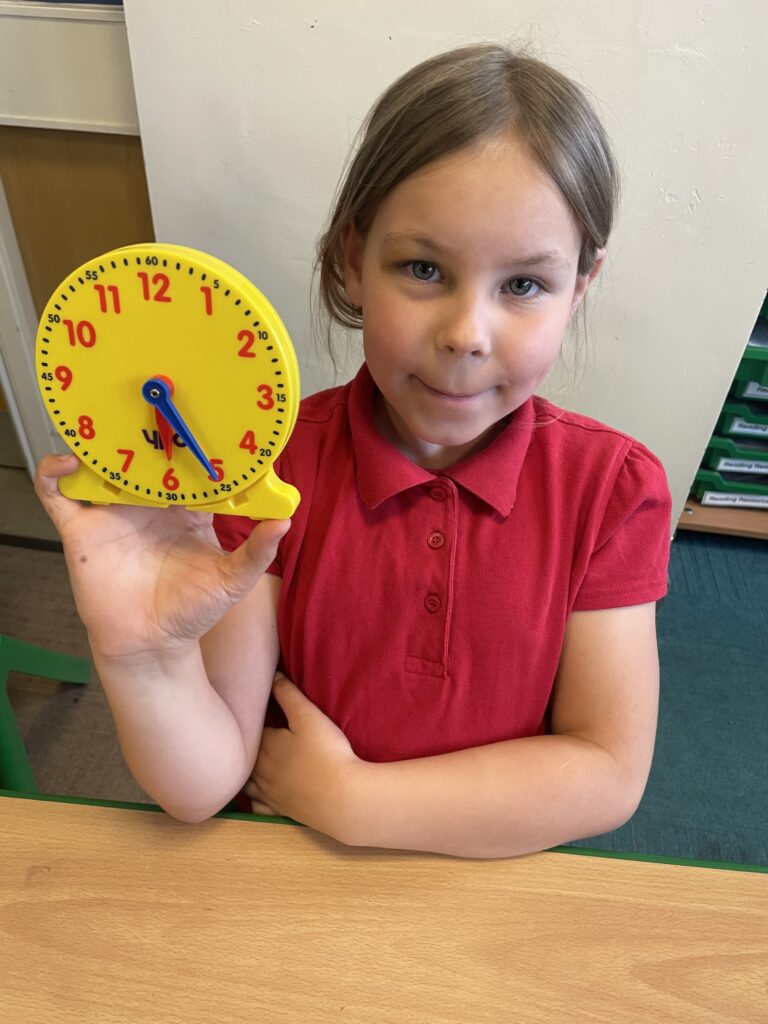




Today, Crew Hamill got to grips with using money in the real world by becoming shoppers and shop keepers! We have our own little fruit and veg shop set up in crew that we were able to visit and spend our pocket money at. We had to figure out which items we could by and decide if we had enough money to pay for them all by adding the prices of them together. The shopkeeper then had to figure out how much change we should get by subtracting the amount we had spent from the amount we paid with. Alongside this, we went on a challenge hunt around the room, deciding which colour challenge we were going to attempt. These challenges had addition and subtraction money problems on them and we had so much fun working out the answers!











Yesterday, we looked at the properties of 3D shapes. We had chance to observe and investigate the different properties and compare shapes together before recording our findings. We really enjoyed this practical session and it has helped our understanding of the terms and properties of 3D shapes!



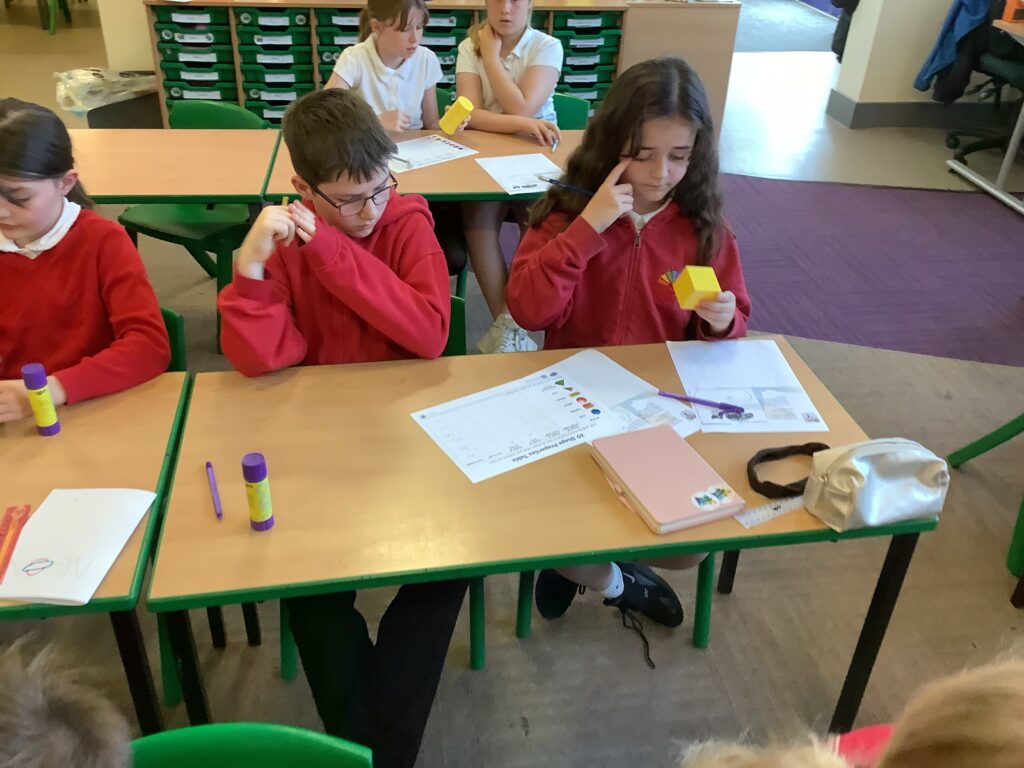


Our do now allowed us to recap our work on time, using past and to on an analogue clock. We then moved onto our new unit- statistics. We explored pictograms today which we really enjoyed. In magic maths we played lots of games to practise our times tables then we recapped some work on fractions. Some great maths learning in MI today 🙂


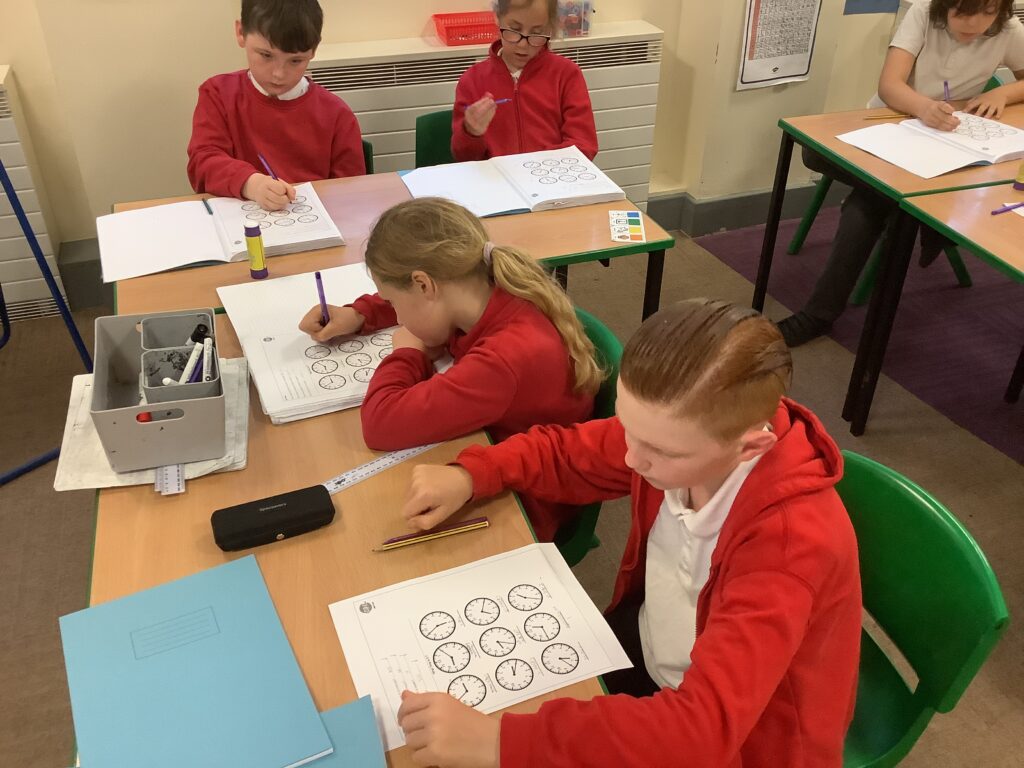
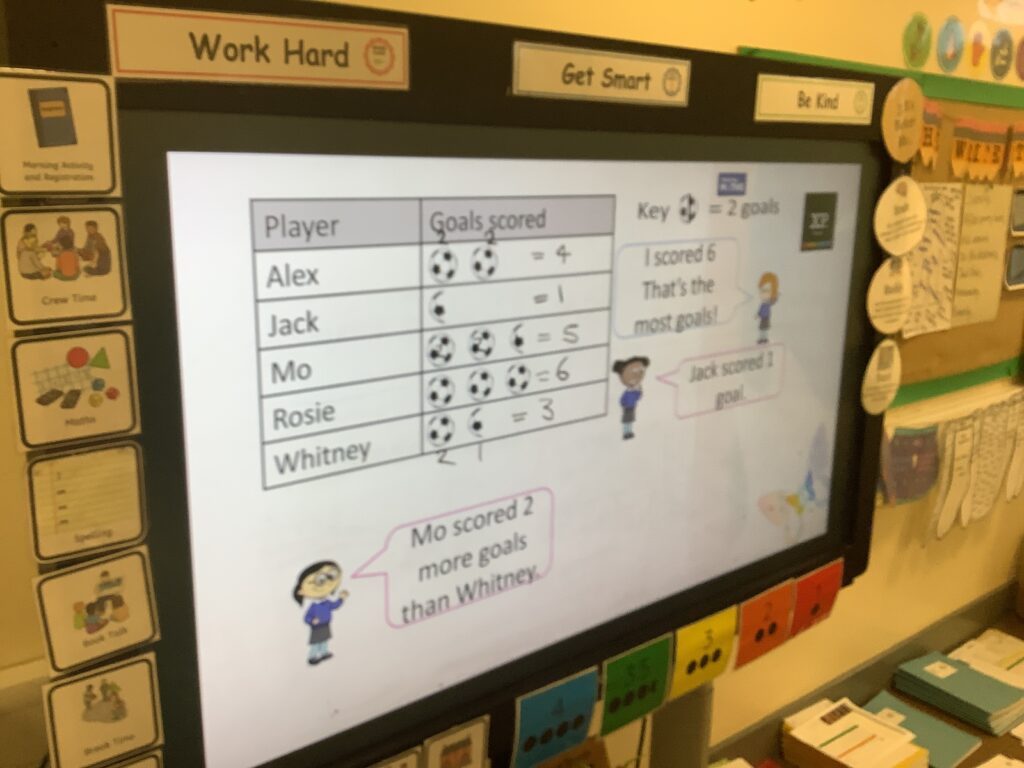

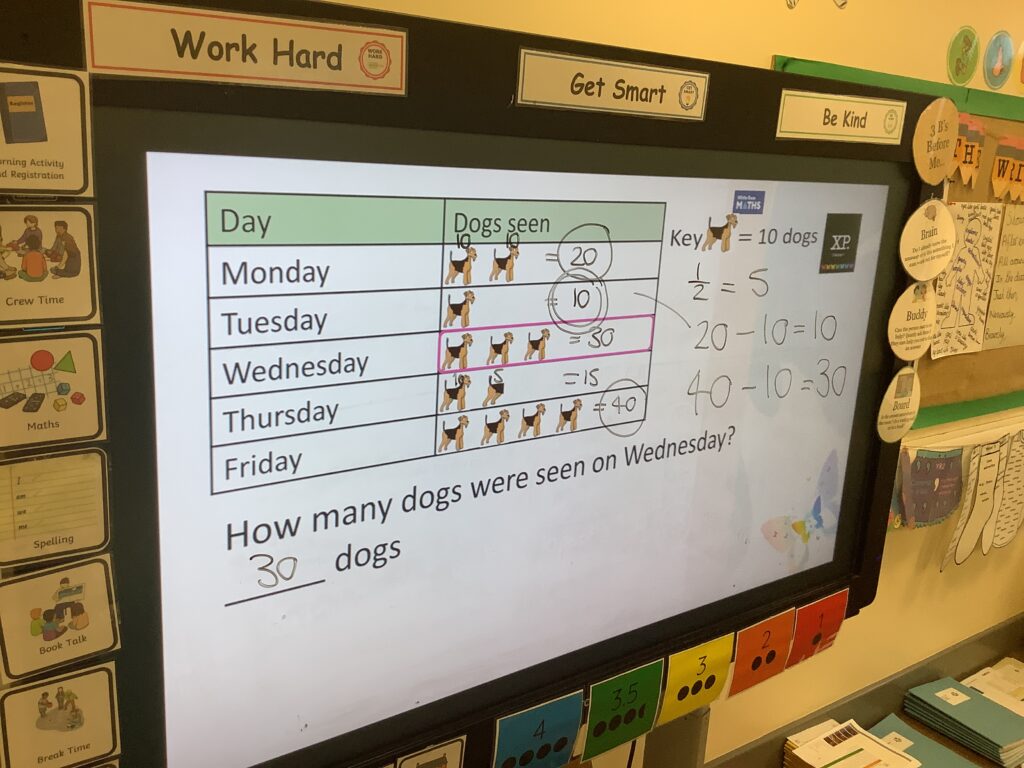



Today in our maths lesson we recapped telling the time to o’clock and half past.
We ended our lesson by playing a board game!






This week in maths we have been exploring arrays to support us with our multiplication and division, it was a little tricky but with some perseverance we finally cracked it! We worked hard to use what we already know to support our learning, our practical resource came in very handy to solve some problems.

